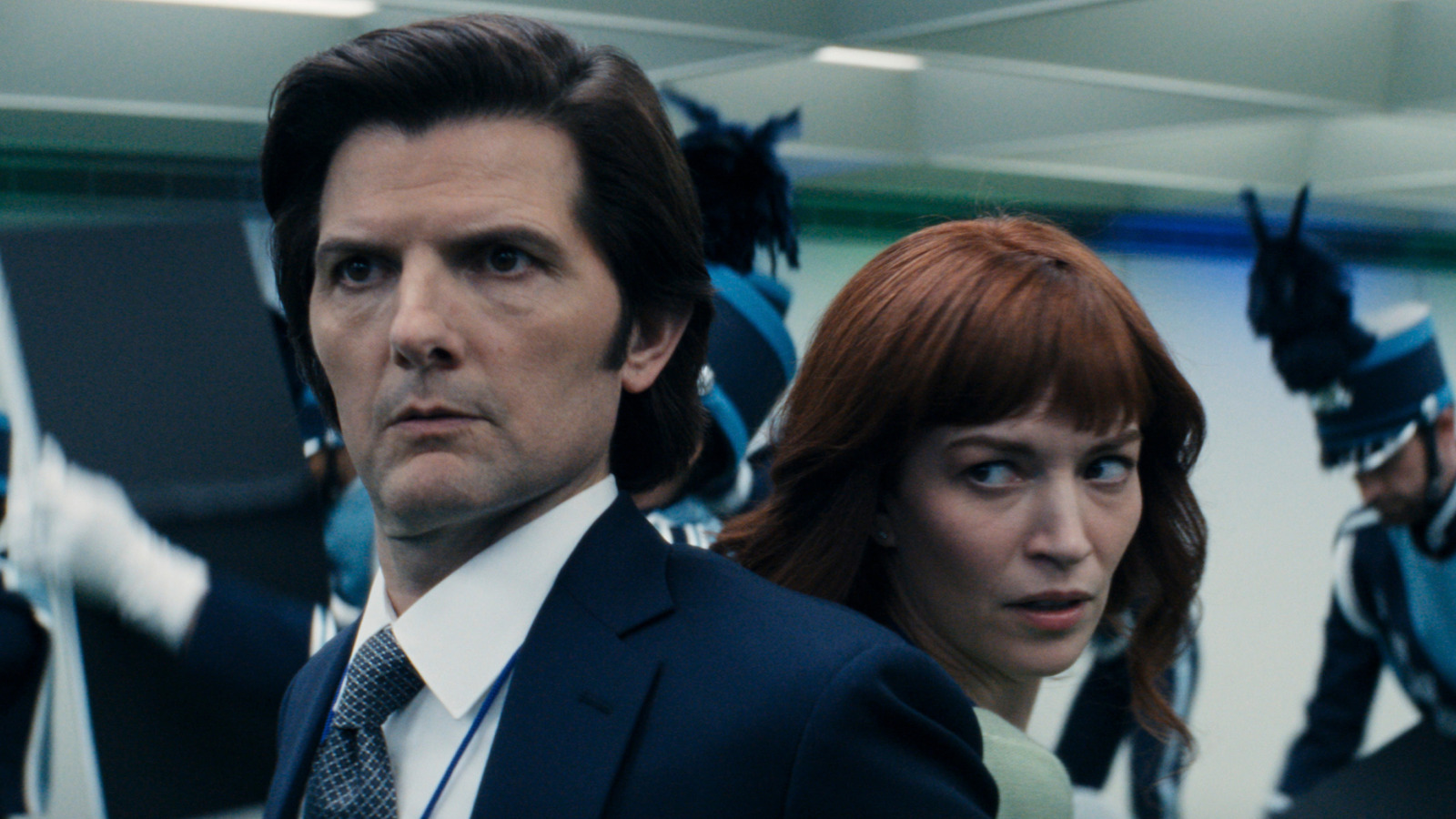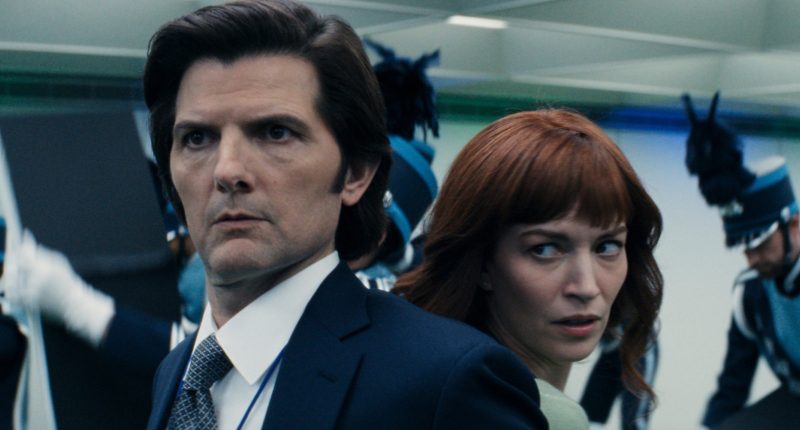Share this @internewscast.com

It’s essential to highlight that, in the latter part of Season 2 of “Severance,” all top-level executives at Lumon, including Mr. Drummond (Ólafur Darri Ólafsson), Mr. Milchick (Trammell Tillman), and Harmony Cobel (Patricia Arquette), are fixated on the notion of Mark completing the Cold Harbor file, though the reason remains unknown. This theme reappears in “Chikhai Bardo,” an episode in Season 2 that reveals the events concerning Gemma after her “death.” As a couple who did not undergo the severance procedure, Mark and Gemma face challenges with conception, and in one of the most poignant moments of the series, Gemma suffers a miscarriage. In the wake of this tragedy, Mark violently dismantles the crib they had prepared for their child.
When Mark — who, through a series of astonishing events, manages to send his “outie” to the testing floor — encounters Gemma, she is being compelled to disassemble the exact same crib. This further suggests that Lumon is striving to engineer a severance version that is utterly impermeable, ensuring that no one ever experiences any negative emotions again. Consequently, they oblige Gemma’s “innie” to engage in a profoundly traumatic activity, so she remains oblivious to it.
In a post-Season 2 finale interview, Dan Erickson elaborated on the Cold Harbor concept. “Throughout the season, we observed Gemma being placed in various rooms and undergoing torment as different innies,” Erickson explained to Deadline. “What distinguishes the Cold Harbor room is that Gemma is confronting an element reminiscent of a profoundly painful aspect of her Outie life. Rather than evaluating if ‘pain transfers from the innie to the outie,’ it appears we are now examining the reverse and its implications. There’s ample room for discussion on this subject.”
Still, Erickson was careful to note that we still don’t know everything about Cold Harbor or, really, any of Lumon’s incredible messed-up experiments. “We left some of it up to interpretation on purpose,” Erickson clarified. “We didn’t want to sort of walk people through exactly what was being tested and why. In part, because such a big part of this, of this show, has become the conversations that take place after the fact, and so we trusted that people would think about it and would talk about it, and would have different ideas about it, and that would just make it that much richer.”
You can stream the first two seasons of “Severance” on Apple TV+ now.








